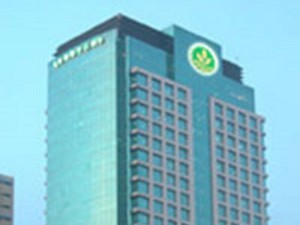The amount of foreign currency that left the country doubled in 2017 compared to the previous year, despite a late surge of inflows in December, due mainly to the country’s yawning trade deficit with other nations, compounded by growing “hot money” outflows.
According to the Bangko Sentral ng Pilipinas, the country’s balance-of-payments (BOP) position—the cumulative tally of all foreign currency flows into and out of the economy due to transactions with foreign parties, along with the movement of long- and short-term capital— posted a deficit of $863 million at the end of last year.
This represented a 105-percent increase in the level of dollar outflows from the Philippine economy from the $420 million recorded in 2016.
“The higher cumulative of payments (BOP) deficit for 2017 was brought about largely by the widening merchandise trade deficit for the first eleven months of the year, as well as the reversal of foreign portfolio investments to net outflows during the year from net inflows in 2016,” the central bank said in a statement.
BSP Governor Nestor Espenilla Jr. explained that the phenomenon of a growing BOP deficit was attributable to the growing economy which was prompting the government, companies and individuals to invest to grow capacities. This “catch-up mode” of buying capital equipment, raw materials and services from overseas was causing the trade gap to widen, he said.
The central bank chief assured that last year’s doubling of dollar outflows remained manageable.
“‘Puny’ times two equals ‘small’,” he said.
On Friday, the BSP said that the country’s overall BOP position posted a surplus of $917 million in December 2017 alone, representing a turnaround from the $214 million BOP deficit recorded in the same month in 2016.
Inflows in December stemmed mainly from foreign exchange operations of the BSP, net foreign currency deposits of the national government, and income from the BSP’s investments abroad. These were partially offset by the payments made by the government for its maturing foreign exchange obligations during the month in review.
Higher prepayments made by the public and private sectors to non-resident creditors on their medium- and long-term loans for the first three quarters of the year also contributed to the larger deficit.
The BSP said that the BOP position reflected its final dollar reserve level of $81.6 billion as of end-December 2017.
“This level remains adequate as it can cover 8.3 months’ worth of imports of goods and payments of services and primary income,” it said. “It is also equivalent to 5.8 times the country’s short-term external debt based on original maturity and 4.2 times based on residual maturity.”


